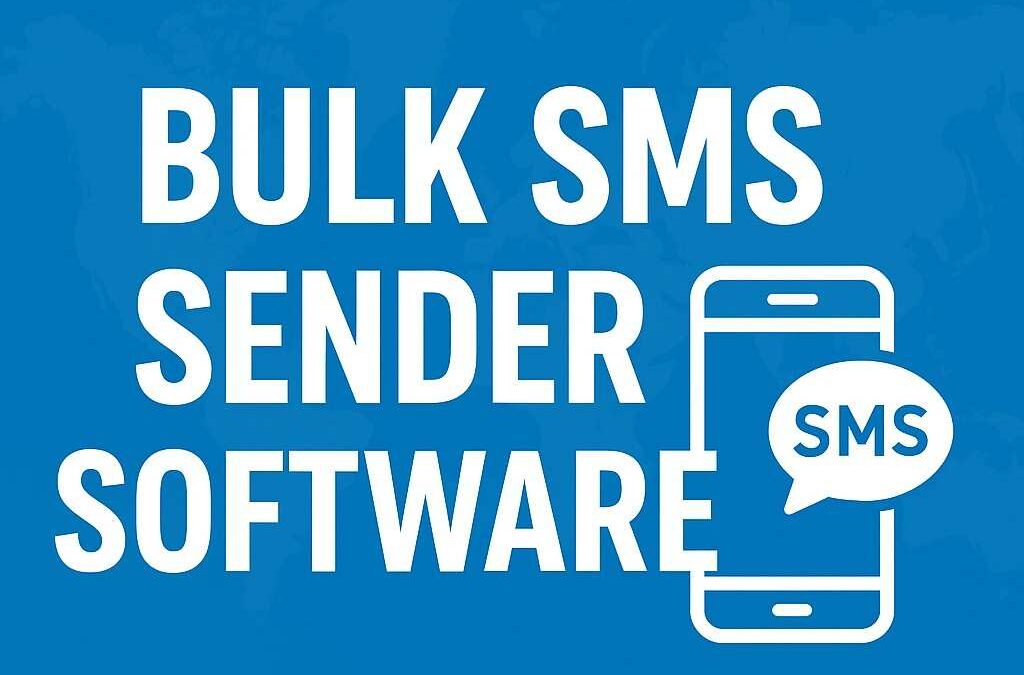In India’s rapidly evolving creative landscape, multimedia companies are at the forefront of innovation, merging technology with artistic expression. These companies offer a range of services, including graphic design, video production, animation, and digital marketing, catering to diverse client needs across various sectors. They play a crucial role in enhancing brand identities and engaging audiences through compelling visual stories.
The surge in digital consumption has paved the way for multimedia firms to thrive, as businesses increasingly recognize the importance of high-quality content. By integrating cutting-edge technologies and creative approaches, these companies not only elevate advertising strategies but also help clients stand out in a competitive market. This dynamic environment fosters collaboration among artists, designers, and technologists, pushing the boundaries of traditional media.
With talented professionals and a wealth of resources, India’s creative multimedia companies are well-equipped to deliver impactful results. Their ability to adapt to trends and client expectations ensures that they remain invaluable partners in the journey of brand storytelling.
Establishing a Creative Multimedia Company in India
Establishing a creative multimedia company in India involves a comprehensive understanding of the market, navigating legal requirements, and securing adequate funding. Each of these elements plays a crucial role in the success of the venture.
Understanding the Indian Market
The Indian multimedia landscape is rapidly evolving. With a population exceeding 1.4 billion, the demand for diverse content—ranging from films to digital marketing—is substantial.
Understanding regional preferences is vital. For instance, Bollywood dominates entertainment, while regional cinemas and vernacular content are gaining traction. It’s essential to analyze emerging trends, including animation, gaming, and interactive media.
Market research tools and analytics can aid in understanding audience preferences. Conducting surveys or focus groups can provide insights. Businesses should also leverage social media trends for real-time feedback.
Legal Framework and Registration
Setting up a multimedia company requires navigating India’s legal framework. Companies must register as either a Private Limited Company or a Limited Liability Partnership (LLP).
Essential documents include the Memorandum of Association (MOA) and Articles of Association (AOA). Businesses should secure necessary licenses, such as copyright registrations, as well as comply with industry regulations.
Tax registration is critical as well. Understanding Goods and Services Tax (GST) implications on services rendered will help avoid future compliance issues. Consulting a legal expert ensures all requirements are meticulously addressed.
Capital and Funding Strategies
Securing funding is a pivotal step for most multimedia companies. Options include self-funding, bank loans, venture capital, and angel investors.
Creating a solid business plan is essential. It should detail expected costs, projected revenue, and growth strategies. This plan is crucial when pitching to potential investors.
Exploring government schemes can also provide financial support. Initiatives like the Startup India program offer funding and tax benefits. Networking at industry events can uncover unexpected investment opportunities.
Operational Excellence in Multimedia
Achieving operational excellence in multimedia involves a strategic focus on team talent, innovative service offerings, and effective marketing. These elements are essential for a multimedia company to differentiate itself and meet client needs efficiently.
Building a Talented Team
A skilled workforce is foundational for success. Companies invest in identifying and recruiting individuals with diverse talents in design, production, and technology.
Training programs are essential in honing skills, ensuring that team members are up-to-date with the latest tools and trends. Regular workshops and collaborative projects encourage knowledge sharing and enhance creativity.
Additionally, fostering a positive workplace culture attracts top talent. Organizations that promote diversity and inclusion typically see better outcomes in innovation and problem-solving.
Innovative Services Portfolio
Offering a diverse range of services keeps a multimedia company competitive. This includes areas like video production, graphic design, and interactive media.
Staying ahead requires continuously adapting to technological advancements. For instance, incorporating virtual reality and augmented reality can create immersive experiences for clients, enhancing project appeal.
Regularly updating the service portfolio based on client feedback ensures relevance. This responsiveness can lead to higher client satisfaction and retention rates.
Marketing and Branding
Effective marketing strategies are crucial for visibility in the multimedia industry. Companies should leverage digital platforms and social media to showcase their work.
A strong brand identity communicates the essence of the company’s mission and values. This identity should be consistent across all marketing channels.
Networking within the industry fosters relationships with potential clients and partners. Participating in events and collaborations can lead to new business opportunities and increased brand recognition.







0 Comments